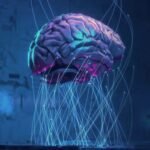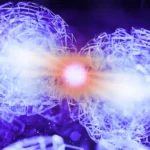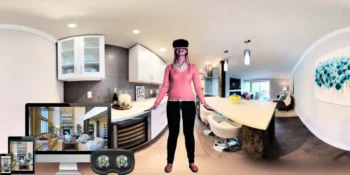In the awe-inspiring landscape of medical breakthroughs, an extraordinary trend is capturing the world’s attention—bionic organs. This fusion of biological prowess and technological ingenuity is rapidly redefining the boundaries of human healthcare, offering the tantalizing promise of augmented capabilities and an enhanced quality of life. This article embarks on an expedition into the realms of bionic organs, probing their transformative impact, the challenges they present, and the unparalleled opportunities they hold for the future of medicine.
Bionic Organs: Biology and Innovation
Bionic organs stand as a testament to the seamless merger of advanced technology and the intricate biology of the human body, producing capabilities that transcend the limitations of the natural world.
Augmenting Human Capacities
The potential of bionic organs transcends the confines of natural biology, offering the prospect of enhancing human capabilities to unattainable levels. By integrating cutting-edge technology, individuals regain lost functions, amplify existing ones, and unlock novel potentials.
Synthesis of Synthetic and Organic
It represents a striking interplay between artificial and organic constituents, seamlessly imitating the intricate functionality of natural organs while harnessing the precision and durability of technology.
Applications of Bionic Organs
The far-reaching impact of bionic organs resonates across diverse medical domains, ushering in transformative solutions and interventions.
Restoring Mobility
Bionic limbs are heralding a renaissance of mobility for amputees. By integrating robotic elements with the human body, these limbs reestablish natural movement and empower individuals to partake in activities they once deemed lost forever.
Artificial Organs
Bionic organs, such as artificial hearts and kidneys, bridge the chasm for patients needing transplants. These lifesaving marvels provide temporary life support and extend patients’ lifespans while they await suitable donor organs.
Challenges and Breakthroughs
While bionic organs promise groundbreaking solutions, they also introduce challenges necessitating innovative thinking and cross-disciplinary collaboration.
Biocompatibility
Advancements in biocompatible materials are necessary to create bionic organs that seamlessly harmonize with the human body. These materials play a pivotal role in averting rejections and fostering long-term functionality.
Power Source and Energy Efficiency
The sustainability of bionic organs hinges on resolving energy-related concerns. Innovations in energy-efficient technologies and refined power management hold the key to prolonging the lifespan of these remarkable devices and minimizing the frequency of interventions.
Shaping Trends for the Future
The journey of bionic organs unfolds through trends that promise to redefine the healthcare landscape and elevate our understanding of human potential.
Neural Interfaces
Strides in neural interfaces engender direct connections between bionic organs and the human nervous system. This seamless fusion amplifies functionality and control, elevating these technologies’ potential to unparalleled heights.
Regenerative Bionics
The horizon beckons that replicate their natural counterparts and stimulate the body’s regenerative capacities. This vision ushers in an era where technology and biology collaborate in perfect synergy, augmenting the human experience through mutual empowerment.
Conclusion
Bionic organs have transcended the confines of science fiction and emerged as a tangible, transformative reality. The confluence of biology and technology is birthing an epoch where human healthcare and potential are irrevocably altered. Through this extraordinary union, we embark on a journey that reclaims lost abilities, extends the scope of human existence, and challenges the very boundaries of what it means to be human. As we grapple with challenges spanning biocompatibility and energy sources, innovation remains our guiding light.
The future etched promises a world where mobility is regained, vital functions are preserved, and regenerative potential is unlocked. The Odyssey is a voyage into uncharted realms, where the once-imaginary interfaces seamlessly with the tangible—a journey that implores us to embrace an era where human potential converges with the limitless expanse of technological marvels.










